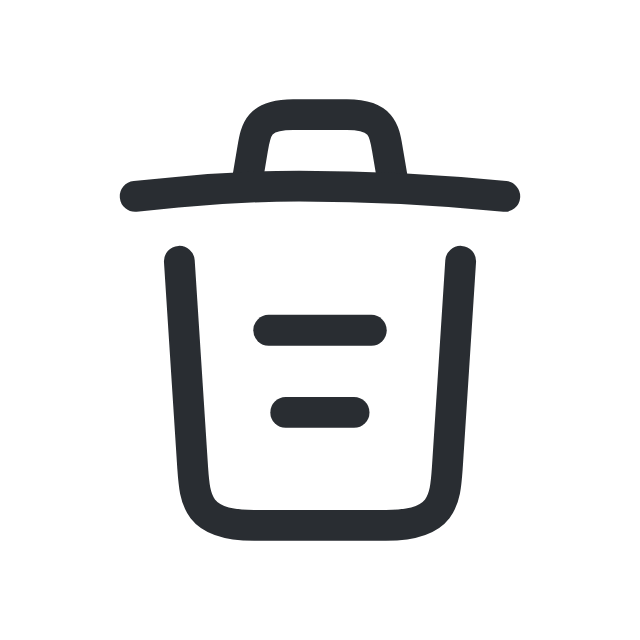How to Afford and Evaluate Student Loans
Make sure you choose a loan that best meets your needs, but keep in mind that the cheapest loan is not always your best option. Because loans must be repaid, you should plan your debt financing carefully:
- Ask for information about interest rates and fees, repayment terms and options, and other obligations.
- Review loan terminology to understand banking terms.
- Consider your future income and don't borrow more than you can afford to pay back.
How Big a Loan Can I Afford?
It's important you only borrow what you can afford to pay back. If your student loans equal more than eight percent of your overall income before taxes, you may begin to have difficulty paying other bills, qualifying for additional loans or saving money.
Debt-to-income calculators can help determine how large an income you would need to repay your loan:
Loan Features
Each loan has its own characteristics and features. These features must be carefully compared to decide which loan is best for you. Compare your options side-by-side and include:
- the total cost to repay the loan (including the fees, principal and interest)
- how long it takes to repay the loan
- the amount of the monthly payments
- the penalty you'd pay if you were late on a payment or default
- the impact that the loan would have on your total financial package (how it would affect your grant, scholarship, and work study awards)
- whether it can be consolidated with other loans at the time of repayment
For more information on the loans available to you:
- Talk to the financial aid office at the school the student is attending or wishes to attend.
- Check with local banks to see if they have alternative educational loans that you can also consider.
- Review our student loan comparison chart.
More Information
Related Links
Quick Links
- Why College?
- Explore Your Interests & Careers
- Prepare at School
- Summer Academic Enrichment Program
- Earn College Credit in High School
- Recommended High School Classes & Graduation Requirements
- Advice for Students with Disabilities
- Succeed as an Adult Student
- Useful College Prep Resources
- Minnesota Goes to College!
- Get Ready Program Overview
- College Planning Presentation Information
- College Navigator Presentation Request Form
- Minnesota Indian Scholarship Program Outreach
- Competitive Grant Programs
- Dual Training Grant
- Public Engagement Calls
- "Life After Now" Podcast
- Certified Nursing Assistant Training
- Direct Admissions Minnesota
- Collecting Data from Minnesota Postsecondary Institutions
- Campus Financial Aid Administrator Resources
- Statewide Financial Aid Conference
- Campus Student Enrollment Reporting Resources
- Ordering Materials for Your Students
- Supplementing Your College Counseling
- Early Awareness Efforts
- Student Homelessness in Higher Education Resources
- Shared Library Resources
- MN FAFSA Tracker
- Campus Sexual Violence Prevention and Response
- Statewide FAFSA Filing Goal
- Financial Aid Estimator
- Online Applications
- About Financial Aid
- What Does College Cost?
- Tips for Lowering the Cost of Higher Education
- Institutional Payments
- Financial Aid You Don't Repay
- Financial Aid You Must Repay (Student Loans)
- Financial Aid You Earn
- Military Service Education Benefits
- Reduced Out-of-State Tuition Options
- Education Tax Benefits
- New Video Demystifies Paying for College
- Public Service Loan Forgiveness
- Useful Online Resources
- Ready, Set, FAFSA!
- Data Maps and Infographics
- Educational Attainment Goal 2025
- Minnesota Measures
- Minnesota P-20 Statewide Longitudinal Education Data System
- College Readiness & Participation Data
- Student Enrollment Data
- Degrees, Graduation Rates, Attainment & Outcomes
- Financial Aid Data & Trends
- Tuition & Fees Data
- Student Health and Safety
- Institution and Data Search
- Transfer Students
- Research Reports
- A-Z Data Table Index




